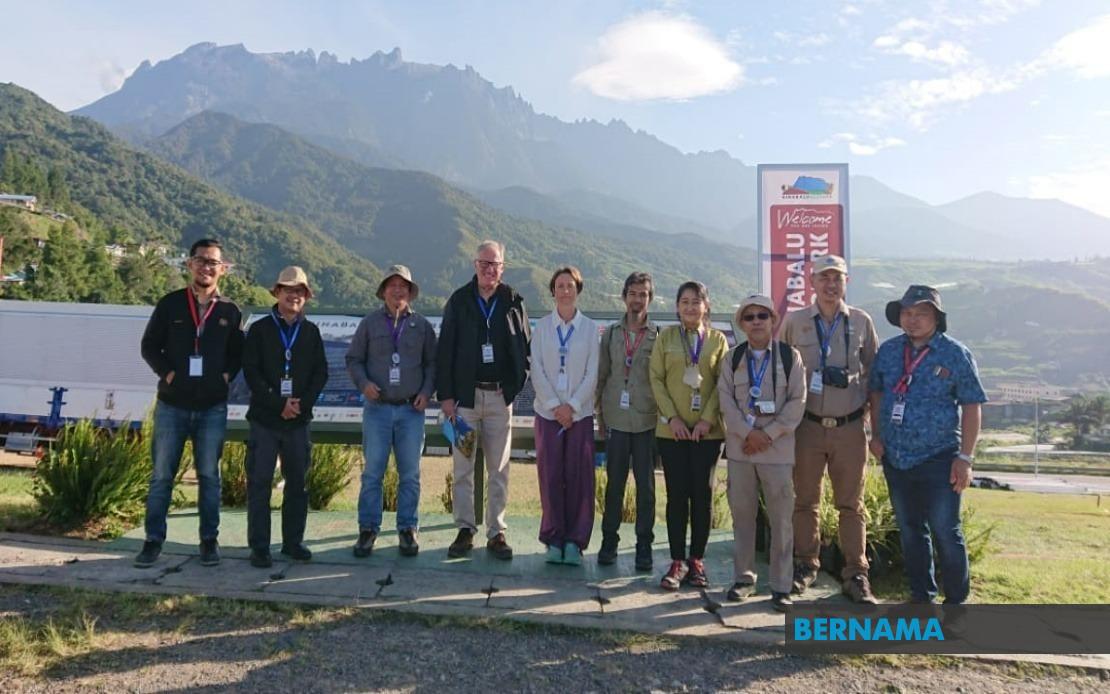
KOTA MARUDU, July 27 (Bernama) -- The textural characterisation of rocks in Kinabalu Geopark is important in determining the heritage value of a site or monument either at the local, regional, national or global level, for the evaluation of UNESCO Global Geoparks.
Minerals and Geoscience Department (JMG) director, Dr Frederick Francis Tating said JMG is responsible for characterising the type of rocks found at a geological site and giving a scientific explanation on the structural formation process and the effects.
He added that Sabah JMG needed at least one to two weeks to conduct a detailed rock characterisation and structural review of each geosite at the Kinabalu Geopark in three districts, namely Kota Belud, Marudu, and Ranau.
“Sometimes a geological site or monument has its own story, such as myths and beliefs of the local community. When the results and effects of the geological process are linked to local myths, it will become more interesting.
“The evaluation also depends on the size and shape of the terrain at the site,” he told Bernama at the final assessment tour of the Kinabalu Geopark recently.
The four-day final evaluation, which ended on July 21 will determine whether Kinabalu Geopark qualifies as a UNESCO Global Geopark site.
There are 46 geosites or geological heritage sites that have been identified within the Kinabalu Geopark area, including Topi Raja Kampung Lingkubang, Serpentinite (rock type), Ranau Sports Complex, Ultrabasic (rock type) Perancangan, Poring Hot Spring and Kinabalu Ultrabasic Habitat.
Citing the geosite in Sungai Baliajong, Kota Marudu as an example of an area involved in the final assessment, Frederick said based on the radiolaria fossils (a type of single-celled plankton) extracted from the rock layers, the rocks in the area were between 90 and 130 million years old.
He said the rocks found along the river were originally found only in the olden ocean crust but past geological processes have left the rocks to be exposed on the earth’s surface.
Among the types of rocks found along the two-kilometre stretch of the river include sandstones, mudstones, flintstones, basalts, gabros and serpentinites as well as the diversity of geomorphological features, mining history, biodiversity conservation and cultural heritage.
-- BERNAMA


